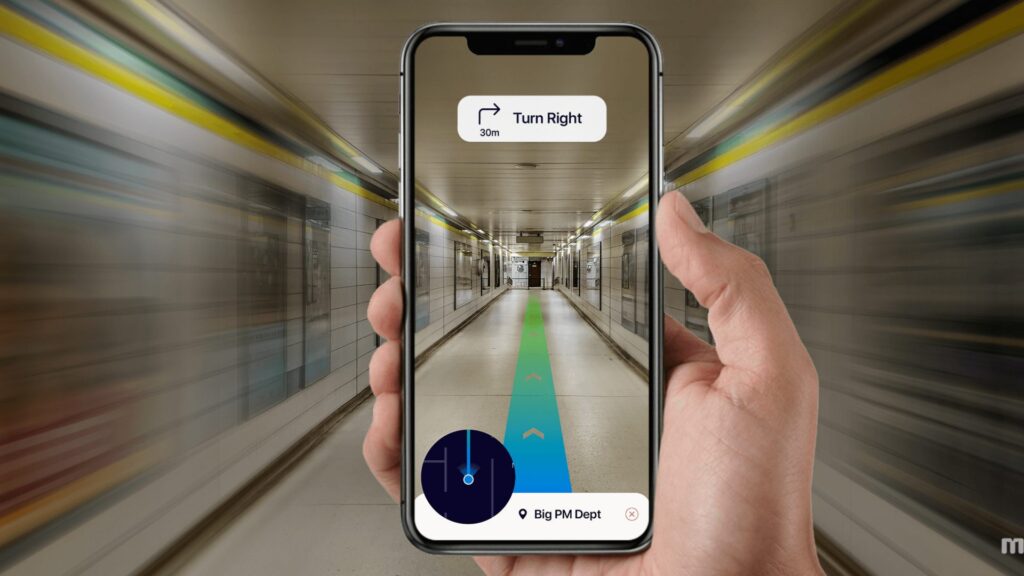Game design involves a combination of technical and artistic skills to create engaging gameplay experiences. The process includes creating concept art, prototyping, asset creation, programming, and testing and debugging. Popular game development tools include game engines like Unity, design software like Maya, Blender, and 3ds Max, and audio tools like FMOD and Wwise. Designers need to be proficient in using these tools to create high-quality assets that will be used in the final game. The rise of mobile and online gaming has made game design increasingly important, and new technologies have made it easier to create games.
The Art and Science of Game Design: Navigating Development Tools
Game development is a complex process that involves a combination of art and science. Game designers need to be proficient in a variety of technical skills and artistic disciplines to bring their vision to life. Over the years, game development tools have become more accessible, allowing designers to create games without needing to code everything from scratch. In this article, we will explore how game design works, and some of the tools and technologies that designers use.
What is Game Design?
Game design is the process of creating games from concept to finished product. Designers work collaboratively with programmers, artists, and others to create engaging gameplay experiences. Game designers need to be aware of game mechanics, game theory, and psychology to create games with good pacing, engaging challenges, and a compelling story. Game design has become increasingly important with the rise of mobile and online gaming, as new technologies make it easier to create games.
Tools for Game Development
The tools used for game development vary depending on the type of game being created. Some of the most popular game development tools include:
Game Engines
Game engines are the backbone of game development. They provide designers with a set of tools that help them create games without having to write code from scratch. Game engines like Unity and Unreal Engine are popular with game developers because they offer a combination of power and ease of use. By using a game engine, designers can focus on the creative aspects of game development, such as level design and art, without worrying about the underlying mechanics of the game.
Design Software
Design software is used for creating assets such as 3D models, textures, and animations. Programs like Maya, Blender, and 3ds Max are commonly used for creating polished assets that will be used in the game. Design software is a crucial part of game development because it helps designers bring their vision to life. Designers need to be proficient in design software to create visually stunning games.
Audio Tools
Audio is a crucial part of game development because it helps create a more immersive experience for players. Audio tools like FMOD and Wwise allow designers to create soundscapes and music that are specifically tailored to the game mechanics. Sound design can affect how players react to the game and can contribute to the overall feeling of the game.
The Development Process
The development process for a game is long and complex. It involves a series of stages that include:
Concept Art
The first stage of game development is concept art. This involves creating sketches and designs of the characters, environments, and game mechanics. The concept art provides a visual template for the game that will be used throughout development.
Prototyping
Prototyping is the stage where designers create a basic version of the game mechanics to test out the core gameplay. This stage is important because it helps designers understand what works and what doesn’t in the game mechanics. Prototyping allows designers to test out different ideas without committing a lot of time and resources to them.
Asset Creation
Asset creation is the stage where designers create all the assets that will be used in the game. This includes the characters, environments, and game objects. Assets are created using design software, and designers need to be proficient in using these tools to create high-quality assets that will be used in the final game.
Programming
Programming is the stage where the game mechanics are programmed into the game engine. This is where the game comes to life, and the various gameplay mechanics are implemented. Programmers need to be proficient in coding and understand the various game engines in order to create a polished and functional game.
Testing and Debugging
Testing and debugging are the stages where designers and programmers test the game and fix any issues that arise. This stage is crucial because it ensures that the final product is polished and functional. Testing and debugging involve a lot of repetitive tasks, and designers and programmers need to be diligent and patient during this stage.
Conclusion
Game design is a complex and multifaceted field that requires a combination of technical and artistic skills. Designers need to be proficient in various game development tools, such as game engines, design software, and audio tools. The development process for a game involves a series of stages, from concept art to testing and debugging. By understanding the art and science of game design and navigating the various development tools available, designers can create engaging games that capture the imaginations of players worldwide.
